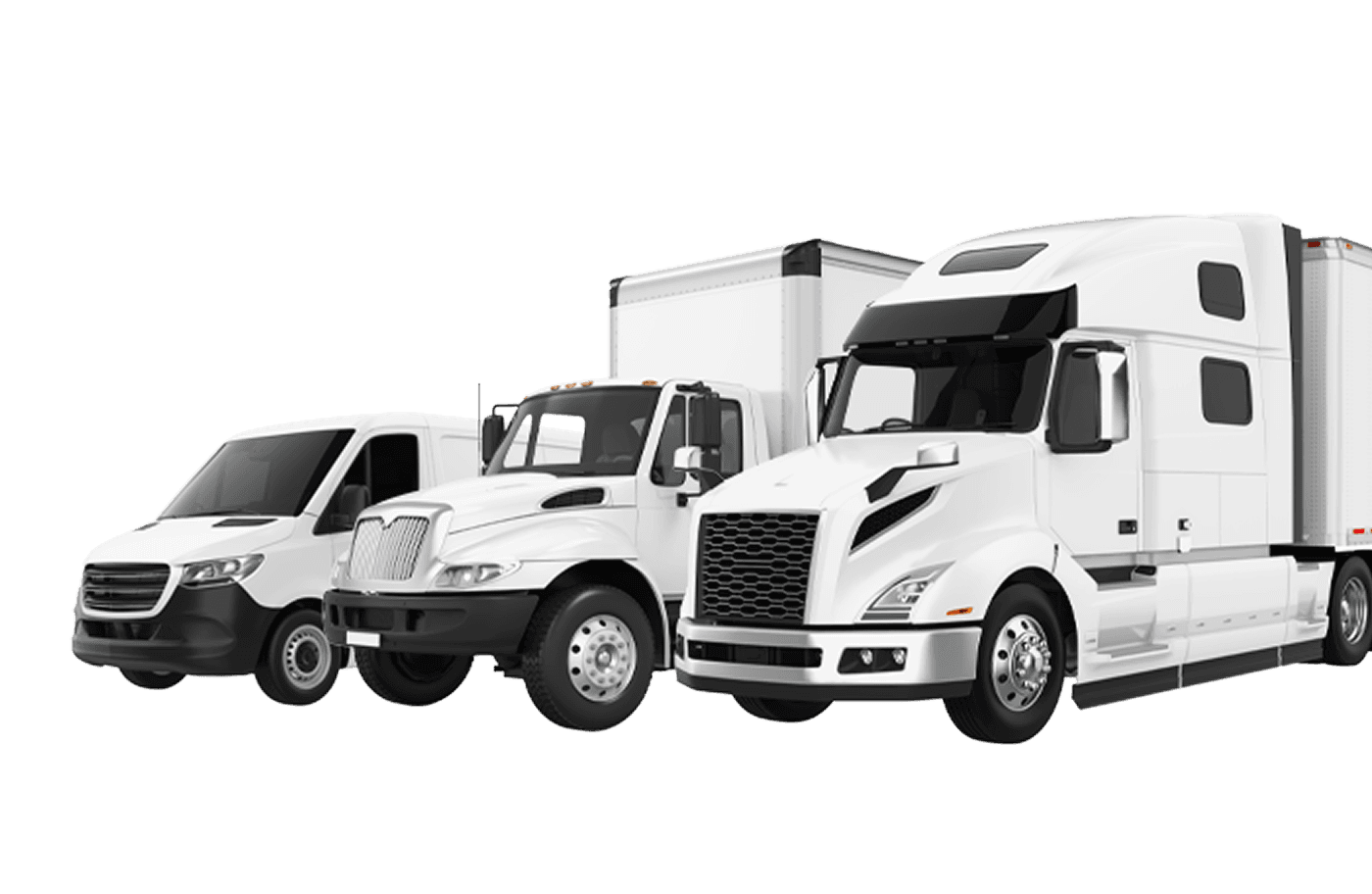Cross Dock Near Me: Why Local Access Defines National Freight Speed
How local cross-docks are reshaping national logistics speed and reliability.
Unknow author
13 August 2025, 9 min read
The Rise of Local Cross-Docking — Speed as the New Logistics Currency
Across the United States, logistics managers, dispatchers, and drivers are searching for one thing above all else: speed. In 2025, time has become the ultimate competitive edge. The phrase “cross dock near me” — once a simple search query — now represents a deeper transformation in the way America moves freight.
The old model of centralized warehousing and long storage cycles no longer fits an economy built on same-day delivery, volatile demand, and shrinking profit margins. Carriers, shippers, and brokers alike are rediscovering the value of local cross-dock access — facilities positioned within one hour of key routes, capable of unloading, sorting, and reloading freight in a single operational motion.
This “near me” mindset is reshaping national logistics philosophy. From Stockton to Greenville, companies are realizing that logistics speed isn’t determined by miles traveled, but by minutes saved between arrival and departure.
Local Access, National Impact
When a dispatcher types “cross dock near me,” the search isn’t just for convenience — it’s for continuity. Every lost hour on the road reverberates through the entire supply chain. Late deliveries trigger detention fees, missed appointments, and client frustration. Local cross-docks serve as the system’s shock absorbers, turning disruption into recovery.
Here’s how local access translates into national advantage:
• Faster turnarounds: Freight reworked locally returns to schedule faster, minimizing downtime.
• Network flexibility: Carriers reroute dynamically based on available nearby facilities.
• Reduced overhead: Eliminating long-term storage cuts costs and improves cash flow.
• Lower emissions: Shorter local detours mean fewer wasted miles and better sustainability performance.
In an era where margins are tight and expectations are high, this hyperlocal model of logistics efficiency is redefining what it means to be “national.”
The One-Hour Zone — America’s New Logistics Geography
The concept of the “one-hour logistics zone” is becoming the backbone of modern freight operations. Whether in Chicago, Reno, or San Bernardino, carriers want cross-dock facilities that are no more than 50 miles from major highways or intermodal routes.
This proximity enables same-day recovery — a critical factor in maintaining driver productivity. A truck that can offload, reload, and get back on the road within one shift maximizes both earnings and fleet utilization.
The “cross dock near me” trend thus reflects a new kind of logistics geography: one defined not by state lines, but by response time. Speed of access determines competitiveness.
How Local Cross-Docks Connect the National Network
It’s tempting to think of “local” as small — but in logistics, local nodes form the national web. A restack in Columbus supports an eCommerce shipment in New York. A same-day cross-dock in Stockton clears inventory for Chicago. Each localized transaction contributes to the rhythm of national freight flow.
The evolution of cross dock near me facilities represents a shift toward distributed logistics architecture. Instead of a few giant distribution centers, the network now relies on hundreds of smaller, strategically placed transfer hubs. These micro-facilities handle less volume individually but collectively create a faster, more resilient ecosystem.
In essence, America’s freight speed now depends on its ability to decentralize — and connect those local dots seamlessly.
Technology Turns “Near Me” Into a Predictive System
Digitalization is what transformed “cross dock near me” from a search term into an operational system. Platforms like Freitty integrate real-time mapping, booking, and price transparency for nearby cross-dock services.
A driver no longer needs to guess which facility has capacity. They can view open docks, service availability, and estimated turnaround times instantly. Dispatchers can reroute freight mid-transit based on proximity and pricing.
This level of technological transparency turns logistics into a live, self-adjusting organism. When a load shifts, the system predicts the optimal point for correction. When a route delays, it identifies the nearest cross-dock capable of handling an urgent transfer.
The result is faster decision-making, less downtime, and a data-driven supply chain where “near me” means “right now.”
Human Efficiency — The Dispatcher’s Perspective
Behind every quick reload is a dispatcher balancing stress, deadlines, and limited options. For these professionals, cross dock near me is not just a logistical need — it’s a lifeline.
When a truck calls in with a shifted load or a missed delivery window, having a reliable nearby cross-dock can save the route. Dispatchers depend on local partners who answer fast, operate 24/7, and understand the urgency of freight recovery.
That relationship between local facilities and dispatchers forms the human layer of the logistics system. It’s the trust and responsiveness that technology alone can’t replace.
Regional Insights — From Stockton to Greenville
Every U.S. region has its own story.
• Stockton, CA: Handles overflow from congested Bay Area ports, giving drivers a place to drop, restack, and reload without entering restricted urban zones.
• Greenville, SC: Acts as a critical rest stop for Southeast freight moving along I-85, balancing heavy manufacturing traffic and regional distribution.
• Columbus, OH: Centralizes freight moving between East Coast eCommerce hubs and Midwest fulfillment centers.
• Denver, CO: Bridges westbound and central routes across the Mountain West, ensuring time-sensitive loads clear altitude challenges.
In each case, “near me” translates into “near profitability.” These hubs are not merely locations — they’re logistics lifelines that turn time into value.
The Business Value of Local Cross-Docking
For shippers and carriers, local access means measurable savings. A single cross dock near me event can:
• Prevent detention penalties ($75–$150/hour saved)
• Avoid rescheduling and delivery failure fees
• Increase driver turnaround by 25–40%
• Improve on-time performance for retail contracts
• Strengthen carrier reliability scores with brokers
Local cross-docking is not just faster — it’s smarter economics. It keeps revenue moving and protects client relationships by ensuring freight keeps flowing no matter the disruption.
Conclusion: Local Access, National Advantage
The growing demand for cross dock near me reflects a fundamental truth: logistics success is no longer about who has the biggest warehouse, but who can move the fastest.
In 2025, local cross-dock access defines the rhythm of American freight. Each facility — from the industrial belts of Chicago to the desert corridors of Nevada — plays its part in a distributed system built for resilience and speed.
This is the new freight economy: decentralized, data-driven, and defined by access.
When logistics moves locally, the nation moves faster.
You may also like

Bridging Giants: Navigating the US-China Supply Chain in a Shifting Global Landscape
Unlocking Opportunities Amidst Geopolitical Change
0 min read

Logistics Without Limits: How Franchising Is Fueling the Next Wave of Growth in the Industry
A New Era of Scalable, High-Performance Logistics
4 min read

Unlocking Value Together: How the Sharing Economy Is Reshaping Logistics and Beyond
The New Age of Shared Value
0 min read
Streamline Your Logistics Today
Partner with Freitty for smarter, faster, and more efficient cross-docking services.
